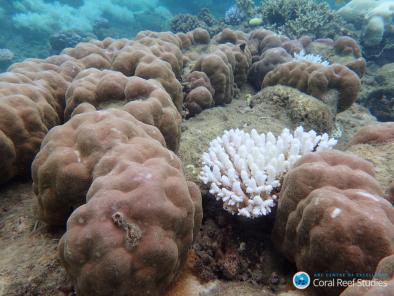Science Source
Climate impacts on global hot spots of marine biodiversity
- Examines global distributions of 1729 species of fish, 124 marine mammals, and 330 seabirds
- Identifies six marine regions ("hot spots") of exceptional biodiversity
- Defines hot spots as regions of marine biodiversity with values of species richness over the upper 95th percentile, which was a threshold that identified relatively small and compact marine areas of special concern within the main ocean basins (that is, Pacific Ocean, Indian Ocean, and Atlantic Ocean)
- Examines more than three decades’ worth of information on sea surface temperature (SST), ocean currents, and marine productivity
- Derives spatially explicit information on the cumulative impacts of climate change
- Finds that overall, hot spots of marine biodiversity coincide with areas most severely affected by global warming
- Investigates spatiotemporal variation in fishing captures using Food and Agriculture Organization (FAO) data spanning the last 60 years
- Results suggest that hot spots of marine biodiversity are also among areas most threatened by both global warming and human fishing pressure
- Results can guide targeted conservation at the local, regional, and global scale
Related Content
Headline

Apr 18, 2018 | Washington Post
Global warming has changed the Great Barrier Reef ‘forever,’ scientists say
Science Source
| World Weather Attribution
Great Barrier Reef Bleaching, March 2016
Science Source
| Proceedings of the National Academy of Sciences
Ocean acidification affects coral growth by reducing skeletal density
Nathaniel R. Mollica, Weifu Guo, Anne L. Cohen et al
Science Source
| PLOS ONE
Coral physiology and microbiome dynamics under combined warming and ocean acidification
Andréa G. Grottoli, Paula Dalcin Martins, Michael J. Wilkins et al


